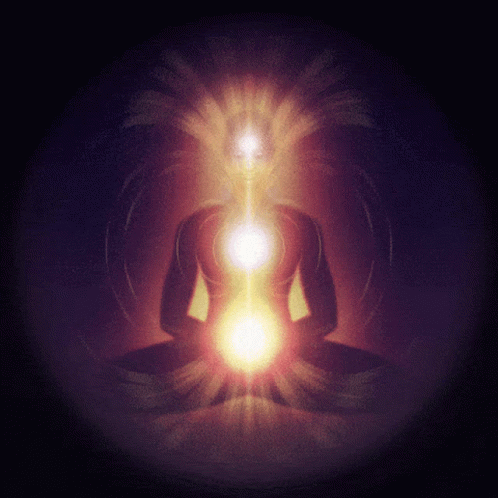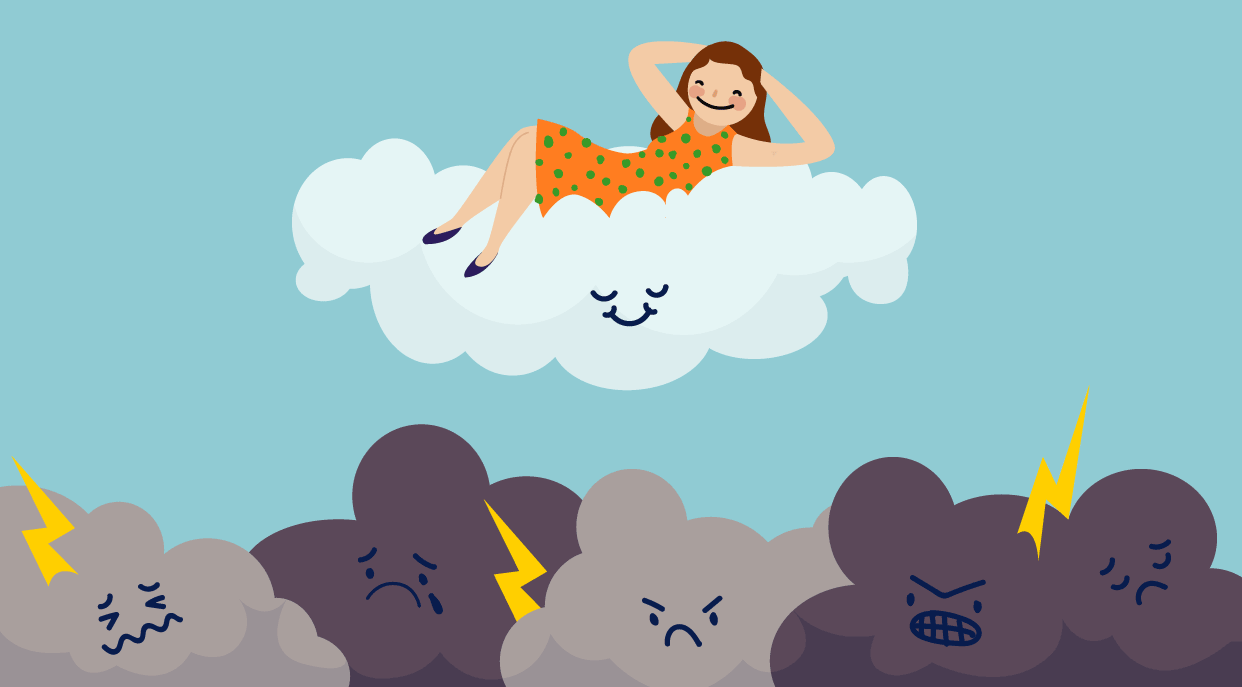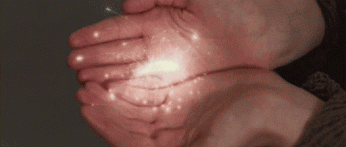The Rebound Effect
I regularly wax on about the positive results of Osteopathy and share the positive testimonials I often receive from happy patients due to the profound effect it has on pain and other issues. It's hard not to! But the relief immediately after an osteopathic treatment can also result in soreness, fatigue, headache, or hypersensitivity.
This is known as The Rebound Effect.

The Rebound Effect is simply a temporary aggravation of symptoms that can arise, and vary in intensity, due to a number of factors, including:
The condition itself
The nature of the original trauma or pain
The areas treated
Emotional dynamics related to the injury or trauma, as well as current life situations
Stress, and how it is managed
The Rebound Effect also seems to carry over between modalities: A previous history of this type of response to other forms of treatment can be an indication that it may also occur with osteopathy. It's not an indication that treatment should be avoided, however. On the contrary, it is an indication that the body needs further support and treatment.
All medications, be they prescription or over the counter, come with a description of possible side effects. At times, this list can be longer and worse than the symptoms it is supposed to treat. Many patients who attend for osteopathic treatment take non-steroidal anti-inflammatory drugs (NSAIDs) to help with their symptoms, and approximately 1/10 people who take NSAIDs daily experience persistent headaches (1).
This is typically the reason why so many people seek out Osteopathy: They want natural treatment so as to avoid these side effects and also to treat the root cause of their issue instead of taking a toxic band-aid, with many side effects, that only focuses on the symptoms.

However, no matter how natural or effective, anything that influences your system, be it oral, touch, or via other senses, has an effect on your body, which is ultimately the strength of Osteopathy - it treats and effects the whole body, and not just the site of the symptom.
Due to the potential for post treatment side effects that I on occasion see in clinic, I thought I'd address some of the most common ones experienced in Osteopathy. As Osteopathy is about as natural, gentle, and non-invasive a treatment as you can find, it's side effects are very limited and infrequent, with the vast majority of my patients reporting no side effects whatsoever after treatment, but it is still possible to experience these.
Some common side effects that may occur within 24-48 hours after treatment:
Soreness - an increase in pain is possible in the area of concern, as well new pain in the surrounding areas, including above and below.
Headaches are also a possible side effect, but the exact cause of this is not known. It has been theorized that it is due to a release of metabolites from an area of tissue that has had a decrease in blood flow for a period of time. In other words, your body is attempting to flush out toxins that are released when tight muscles loosen and blood / fluid flow increases. A headache may occur as a result of dehydration as your body attempts to rid itself of these toxins. I always recommend drinking plenty of water (even up to 1 litre) and a warm epsom salt bath to assist in this process.
Fatigue is also common post-treatment, and is typically the body's way of simply needing the energy to process the changes that treatment has brought about. Rest is the best antidote to this.
In a study of osteopathy patients, 10-20% of patients reported an increase in pain or symptoms; however, 42% of those went on to make clinically significant improvements compared to base line (3). Most post treatment muscle soreness, aching and headache resolved within 24 hours.
Who is most likely to experience these common reactions?
Mild to moderate treatment reactions are more frequently reported by females after their first appointment (3).
Treatment reactions can result from a range of manual therapy techniques and an increase in intensity of symptoms does not appear to be related to high velocity thrust (HVT) techniques (4) (a treatment method that I do not use in my practice). They appear to be more common after a patient’s first treatment, and in patients presenting with multiple sites of pain (4).
Symptoms that last for more than a few days that do not require medical treatment, such as increased pain or troublesome numbness or tingling are considered to be moderate treatment reactions. These types of reactions are uncommon and are estimated to occur in 1% of patients.

Even the most gentle of techniques, such as craniosacral therapy and cranial osteopathy, can have side effects. Cranial Osteopathy, can sometimes cause vertigo, nausea, and headaches – ironically some of the very conditions it is also used to treat. Further treatment typically remedies this as the body can release the patterns related to the inherent dysfunctions that are causing the symptoms.
There is no manual method of treatment that is free of potential side effects: Massage, acupuncture, chiropractic, and physio, all have similar risk factors despite skilled and appropriate training and treatment.
It is normal that symptoms may become worse before they become better.

Why?
Most people arrive for their first treatment in a state of organized dysfunction - a state they've likely been in for a while and is causing pain, discomfort and other symptoms. An Osteopathic treatment changes that state, and body will often move to a state of disorganized function. This change is what creates the Rebound Effect (if it happens at all!), and as the body adjusts to move into organized function.
It can take up to 14 days to fully process an osteopathic treatment, so recognizing that the various physical changes will occur can help with responding to new and familiar sensations as they arise.
I always advise clients that they may feel different as their bodies process their treatment and re-integrate, to be gentle with themselves in the process. I also recommend a warm Epsom salts or magnesium bath, Rescue Remedy, no strenuous exertion / exercise, plenty of rest and water and to listen to and honour whatever they feel their body needs.
If you have any concerns or questions, you should always speak to your therapist before, during or after treatment, as they are the most qualified to address them. We chose this profession to help people heal, and we are here to provide support during that process!
https://www.nhs.uk/conditions/nsaids/
Licciardone, J., S. Stoll, et al. (2003). “Osteopathic manipulative treatment for chronic low back pain: A randomized controlled trial.” Spine 28(13): 1355-62.
Carnes D, Mars T, Mullinger B, Underwood M. Adverse events in manual therapy: a systematic review. 2009. Available at: https://www.ncor.org.uk/wp-content/uploads/2012/10/adverse-events_in_manual_therapy_a_systematic_review_full_report.pdf
Vogel S, Mars T, Keeping S, Barton T, Marlin N, Froud R, Eldridge S, Underwood M, Pincus T. Clinical Risk Osteopathy and Management Scientific Report: The CROaM Study. 2013. Available at http://www.osteopathy.org.uk/uploads/croam_full_report_0313.pdf















